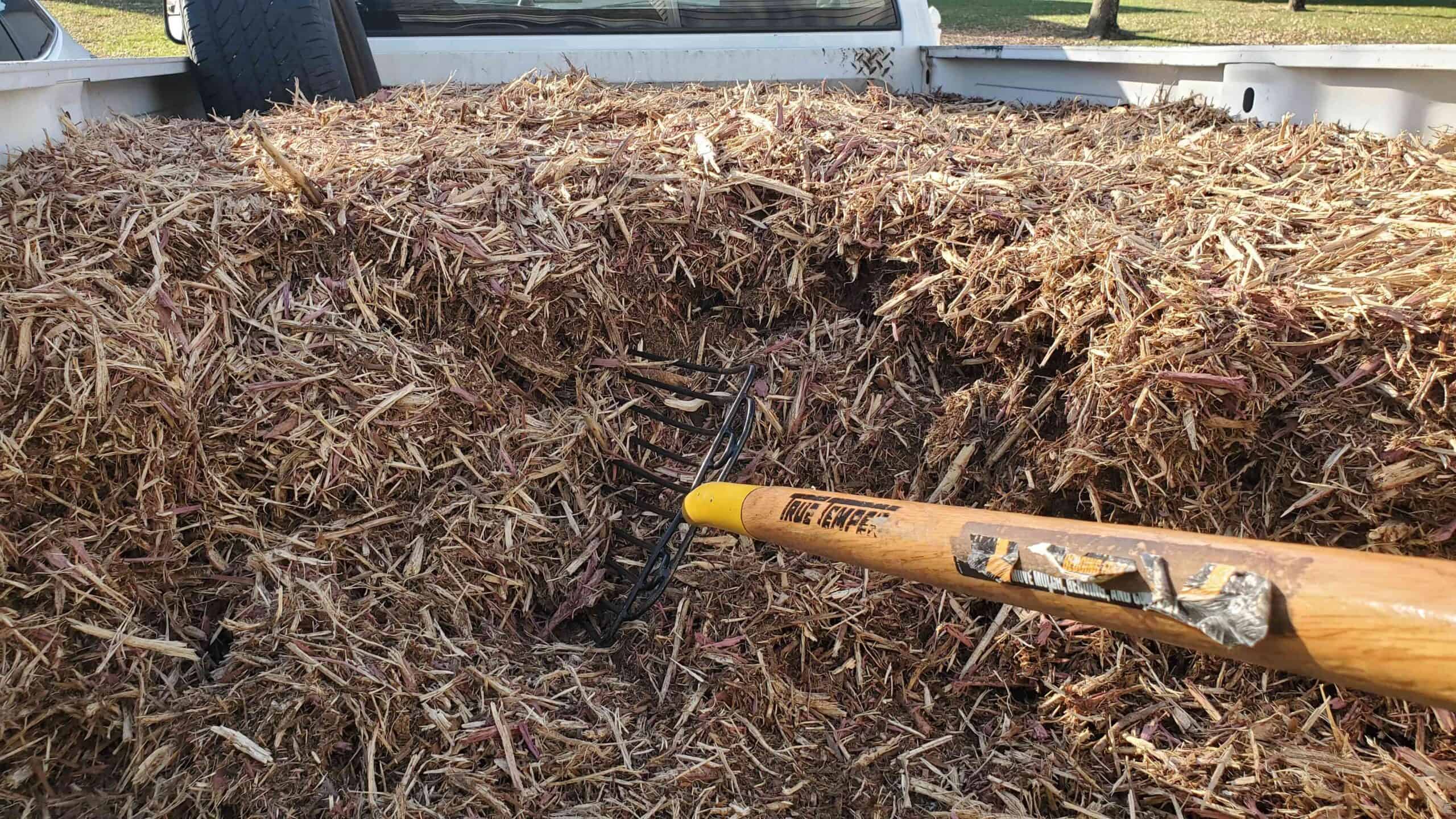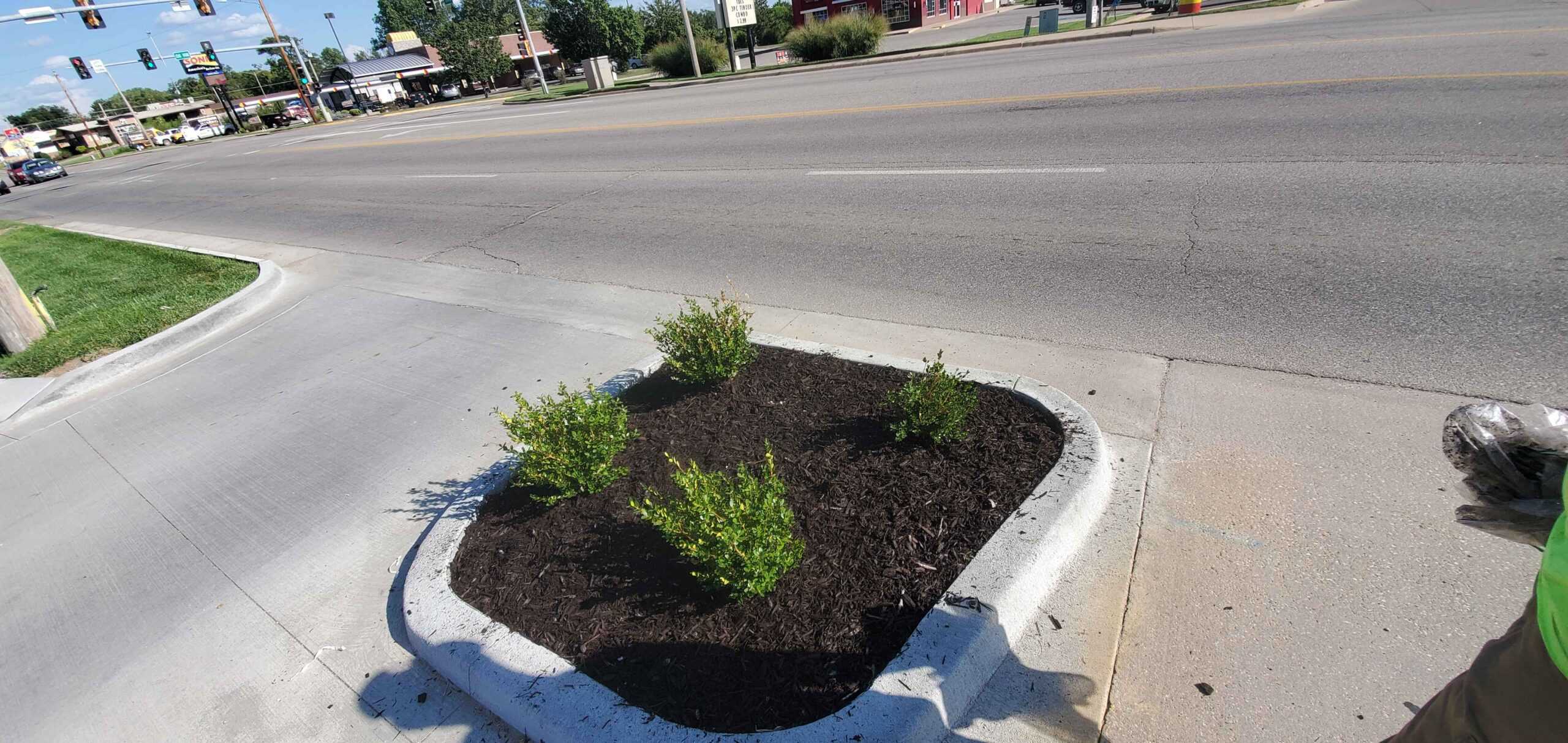Tips for Mulching After Spring Cleanups
Mulching is crucial when maintaining a healthy and vibrant landscape. It's also the crown on top of an efficient yard cleanup. Whether you're tidying after winter, pruning trees and shrubs, or clearing out debris, mulching offers multiple benefits.
Let's explore some tips for effectively applying mulch after yard cleanups. This guide will help ensure your landscape thrives throughout the year.

Assessing Your Mulching Needs
Check your landscape’s specific needs before mulching. This step should come immediately after a yard cleanup to determine areas that require protection and enhancement. Look at garden beds, tree bases, and pathways first. Then note any bare soil, erosion-prone areas, or spots where weeds tend to emerge. Target those areas with effective lawn maintenance services, then determine the appropriate mulch type. Depending on your property's needs, mulching varieties can range from organic to inorganic. Discuss options and pros and cons with local lawn care experts. TIP: Appropriate mulch selection is crucial for optimal results, so consider factors like climate, aesthetics, and intended use.Preparing the Soil for Mulching After Spring Cleanups
Spring cleanups can scalp your lawn, leaving your soil bare and exposed. However, there is still work to do before applying mulch after cleaning. The first step is preparing the soil by removing existing weeds, debris, or old mulch layers. You should also loosen compacted soil with aeration to improve water penetration and new grass growth. If necessary, discuss soil amendments using organic matter to enhance lawn fertility and soil structure. Next, choose between organic or inorganic mulch. Explore the benefits of shredded bark, wood chips, and compost to enrich the soil and provide essential nutrients to plants. Also, consider inorganic options like gravel, stone, or hardscapes to create decorative elements. The purpose of mulch is to enhance the soil, so never apply too much because it could smother plants or cause moisture-related issues on the surface. Aim for a layer of mulch about 2 to 4 in thick in garden beds and around trees or shrubs. Then avoid piling mulch against plant stems or tree trunks because it can promote root rot and encourage pest infestations.
 (316) 435-3509
(316) 435-3509 office@divine-lawns.com
office@divine-lawns.com